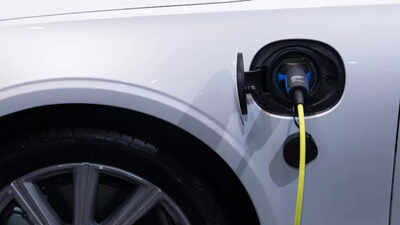Own an EV? Here’s how to keep it safe this monsoon: Tips & suggestions

With the monsoon set to begin across many parts of India, electric vehicle owners have more than just potholes and traffic jams to worry about. In India, where EV adoption is steadily rising, knowing how to maintain your EV during monsoon months is becoming increasingly important. Whether it’s your daily commute or a long weekend ride, following a few precautionary measures can help keep your electric scooter or car running safely and efficiently.Here are some key tips to keep your EV in top shape during this wet season.
How to keep your EVs protected in monsoon: Key things to note
One of the first things to check is the vehicle’s electrical protection. Even though most EVs come with IP67-rated components, including the battery and connectors, it’s important to inspect rubber seals on doors, windows, and charging ports regularly. Water seepage can affect sensitive electronics, so it’s best to play it safe.The battery is the core of an electric vehicle, and it needs special attention during the rains. Make it a habit to inspect the battery area for any signs of corrosion or dampness. If you spot cracks in the casing or feel any moisture buildup, it’s essential to get it checked at a service center without delay. Batteries are sealed well, but over time, wear and tear can make them vulnerable.
Charging your EV during heavy rains also requires some care. Make sure to plug in your vehicle only when the port is completely dry. It’s best to charge indoors or under a shelter. If you have a home charging station, ensure it’s well-insulated and shielded from rain. Using waterproof covers for charging cables and sockets is an added layer of protection.The underbody of your EV also takes a beating during monsoon drives. Water, slush, and road salt can corrode metal parts over time. To prevent this, consider getting an anti-rust coating done at a service center. Washing the underbody regularly will also help get rid of debris and reduce long-term damage.Tyre health becomes even more critical in wet conditions. Worn-out treads can lead to slipping and poor grip, especially on muddy or waterlogged roads. Make sure your tyres are properly inflated and have enough tread depth. This helps ensure better handling and braking.Damp interiors are another common concern. Using rubber or waterproof mats helps prevent water from soaking into the carpet. After every ride, check for wet patches inside the cabin and dry them promptly to avoid foul smells. Electrical safety at home shouldn’t be ignored either. Make sure your charging socket is earthed properly. Unplug the charger during lightning storms and consider installing a safety switch to prevent damage during voltage surges.





